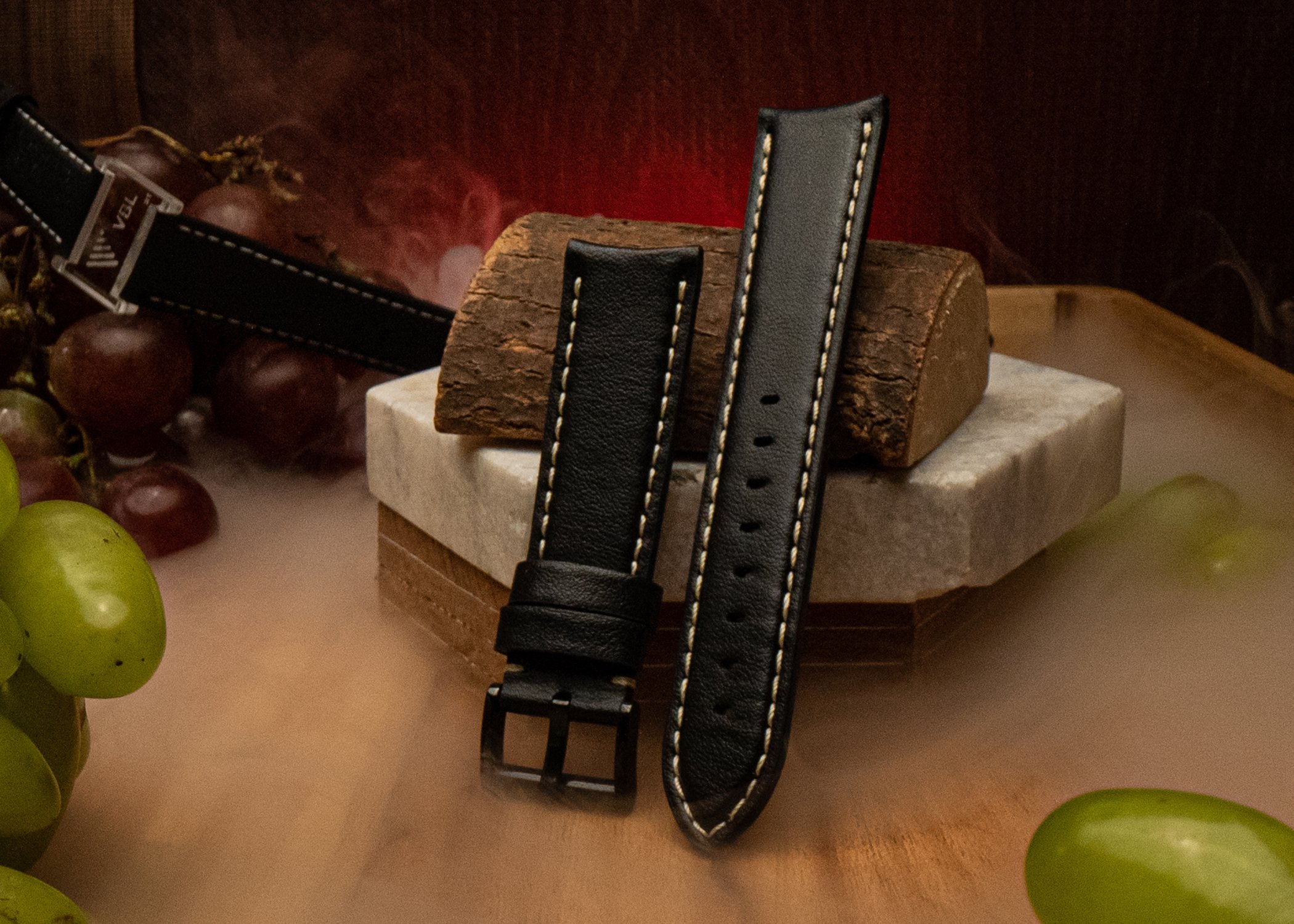Dispelling Myths and Embracing Sustainability About Leather
In the realm of consumer goods, few materials have sparked as much debate and confusion as leather. From its origin to its environmental impact, the leather industry is often shrouded in misinformation. In this blog, let’s address the ten most frequently asked questions about leather, unraveling the reality behind the myths and highlighting the material's sustainable aspects.
1) Are animals killed for leather?
Contrary to common belief, animals are not killed specifically for their hides. Leather comes from animals raised for food, with cattle, sheep, goats, and pigs being the primary sources. This practice not only utilizes a valuable global resource but also prevents millions of tonnes of potential waste from ending up in landfills each year.
2) Is leather sustainable?
Yes, leather is a sustainable material that repurposes waste from the food industry. With approximately 10 million tonnes kept out of landfills annually, leather's longevity, repairability, and recyclability contribute to a circular economy. Moreover, the leather industry creates employment opportunities and valuable skills worldwide, emphasizing its role in sustainability.
3) Is leather environmentally friendly?
When responsibly made, leather boasts strong environmental credentials. As a by-product of the food industry, it saves millions of tonnes of waste from landfills each year. The leather industry adheres to strict regulations regarding chemical use, and certified standards help consumers understand the provenance of the leather they purchase.
4) Where does leather come from?
Leather is made from the hides of animals raised for food. Cattle, sheep, goats, and pigs contribute to the world's leather supply. By transforming these by-products into a versatile material, the leather industry minimizes waste and environmental impact.
5) What is Vegan Leather?
The term 'Vegan Leather' is a marketing term, and any non-animal-origin material can be labeled as 'vegan.' It's essential to recognize that 'vegan' doesn't necessarily imply 'natural,' 'green,' or 'sustainable.' Real leather offers unique wear and durability qualities that substitutes may not replicate.
Vegan includes cactus, hemp fabric, coconut leather, PET & recycled fabrics etc.,
6) How is leather made?
Leathermaking involves five key operations: cleaning, tanning, retanning, milling, and finishing. Hides and skins, by-products of the food industry, account for 99% of the world's leather. Transforming this waste into a versatile everyday material aligns with the principles of a circular economy.
7) What is vegetable-tanned leather?
Vegetable tanning, the oldest method, uses extracts from wood and nuts of trees and shrubs. This process results in a distinctive aesthetic and handle, aging beautifully over time. Responsible suppliers ensure that the extracts come from sustainable sources.
8) What is chrome-tanned leather?
About 75% of leather is chrome-tanned today. This process, using trivalent chromium, is safe and represents an essential part of our diet. Chrome tanning produces consistent leathers with reduced chemical use and effluent content below legal requirements.
9) Can leather be recycled?
Yes, leather can be recycled. Leather fiberboard and trimmings are repurposed into products like insoles and heel inserts, contributing to a circular economy. Innovative companies are developing new composite materials that incorporate ground-up leather, further expanding recycling possibilities.
10) How long does leather last?
Well-made and cared-for leather products can last for generations. The combination of longevity and repairability makes leather a valuable contributor to a society striving to consume less and prioritize repair and reuse.
Understanding the truth about leather is crucial in making informed choices as consumers. Leather, when responsibly sourced and produced, emerges as a sustainable, durable, and versatile material that contributes to a circular economy. By dispelling myths and embracing the real facts about leather, we can appreciate its value in our everyday lives.










